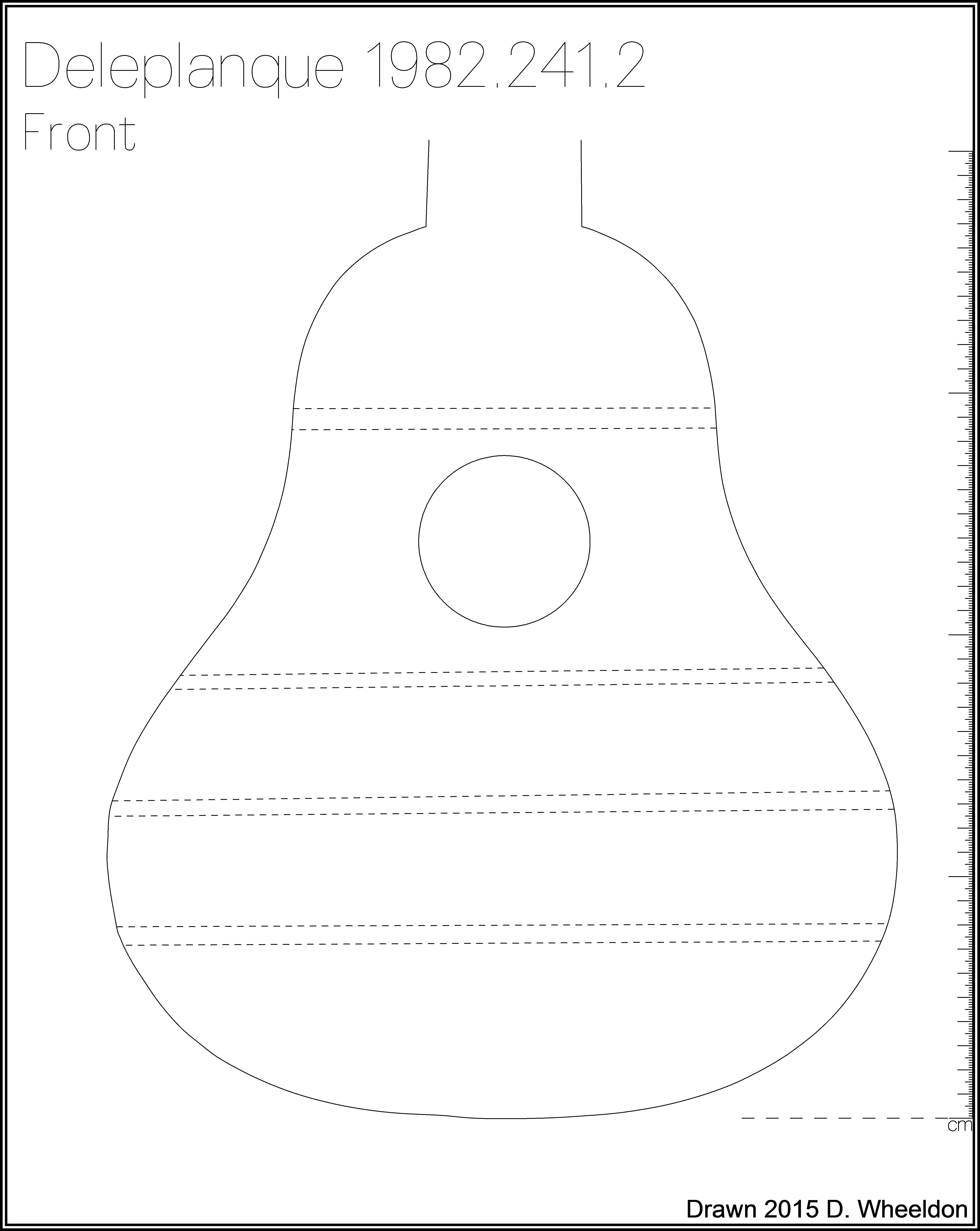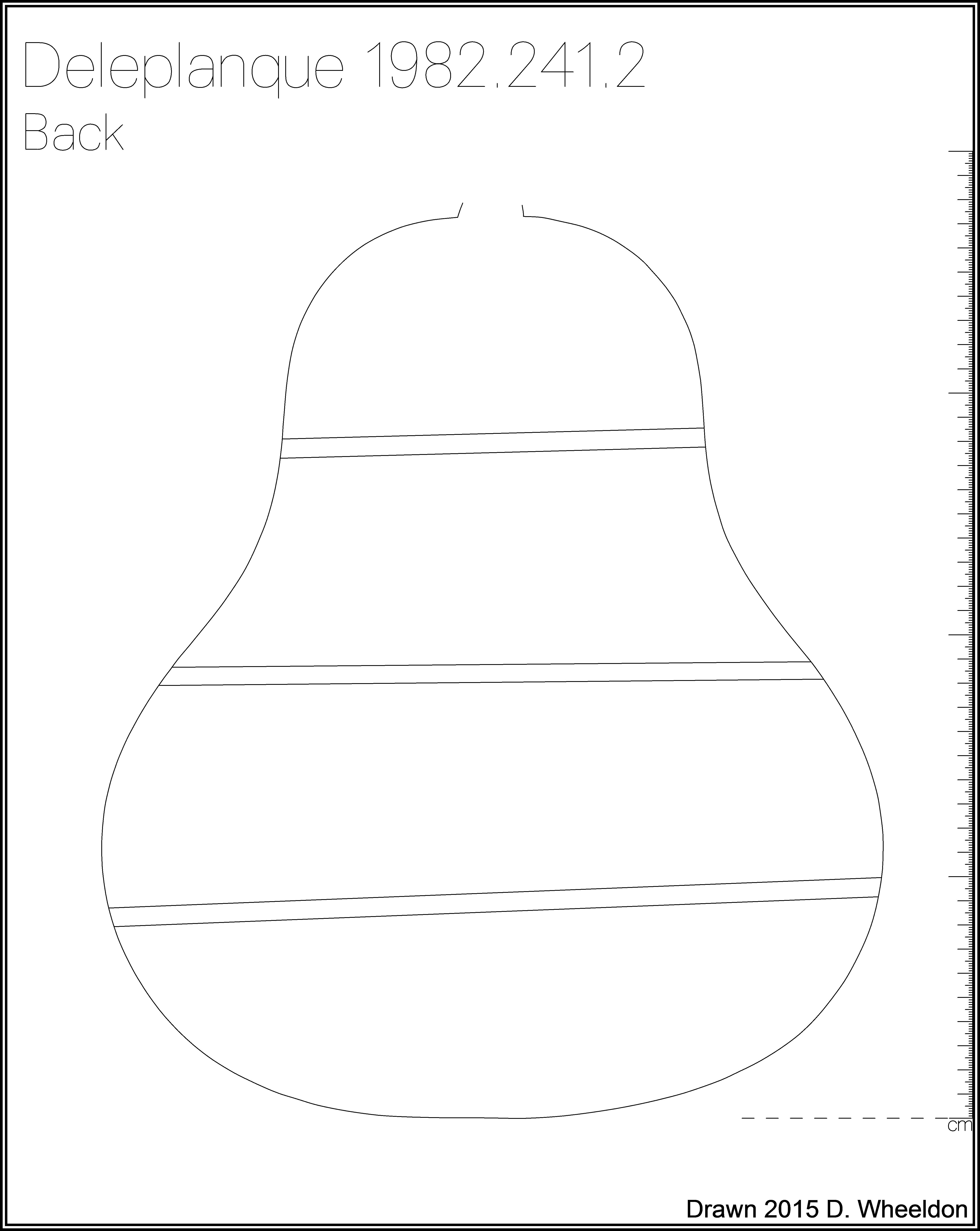Cittern
Gerard J. Deleplanque French
Not on view
In 1772 when this instrument was made, the cistre was enjoying great popularity. In France and Britain this style of instrument was used to sing popular songs in informal and domestic settings. Being relatively easy to learn and much more affordable than a harpsichord, it enjoyed the same popularity the modern guitar does today. Deleplanque was one of the principal manufacturers of this instrument in Lille (Fr), and this like many of his instruments exhibits beautiful boarders of ebony and ivory.
Technical description: Eleven-string (seven course) pear-shaped cittern; two-piece pine top with bone and ebony (ebonized hardwood?) binding in isometric pattern with b/w/b/w laminate between, soundhole diameter 71.8 mm with a carved, floral patterned wood rosette (originally gilded), bridge missing, ivory tailpiece originally with eleven pins (six present); two-piece maple back; ribs, neck and head also of maple; ebony veneer (maple core?) fingerboard with 14 brass frets; Preston style tuning mechanism. (Daniel Wheeldon, 2016)
Due to rights restrictions, this image cannot be enlarged, viewed at full screen, or downloaded.
This artwork is meant to be viewed from right to left. Scroll left to view more.





